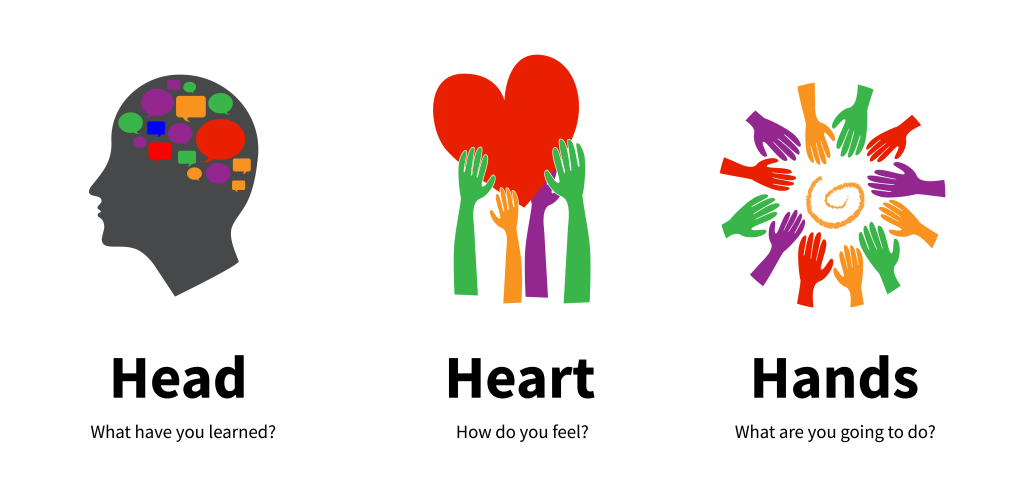5.5 Activity Planning: Sequencing, Pace, and Transitions
Remember: Good program planners don’t just randomly throw programs together. They happen deliberately and on purpose and are highly intentional in their goals, content and flow.
Sequencing
![]() Sequencing: A leader’s ability to select and arrange activities in a specific order with a view to maximizing participant growth, development and enjoyment.
Sequencing: A leader’s ability to select and arrange activities in a specific order with a view to maximizing participant growth, development and enjoyment.
If a leader runs activities in the wrong order, like starting a group off on a day of team building with a super-challenging activity before they’ve had a chance to succeed at something easier, group members may not feel emotionally safe, may experience frustration or even become disillusioned with being part of the group. A day of well-sequenced activities will maximize participant enjoyment by giving them an opportunity to learn about each other and themselves and to develop competence through participating in increasingly challenging activities. Groups need to learn how to walk before they can run! Good sequencing allows participants to have small successes and then build on those successes with even more challenging activities or problem-solving scenarios. Get the sequencing out of order, and you risk facilitation failure.
Pace
![]() Pace: The rate at which activities roll out. Individually, activities may be considered “fast-paced” (highly physically engaging, busy or noisy), or “slow-paced” (low physical engagement, calming and quiet).
Pace: The rate at which activities roll out. Individually, activities may be considered “fast-paced” (highly physically engaging, busy or noisy), or “slow-paced” (low physical engagement, calming and quiet).
Good programmers know that providing a balanced mix of faster- and slower-paced activities can add quality flow to a program and increase the enjoyment of the program for everyone involved.
Transitions
![]() Transitions: The process of changing from one energy, state or condition to another.
Transitions: The process of changing from one energy, state or condition to another.
When activity-leaders run a program, regardless of length, it is important to consider exactly how and when they will transition – flow – from one activity chunk to the next. Will there be a verbal announcement? (“Closing remarks will begin in 5 minutes!”) Will the transition consist of a break between activities? (“Alright folks, take a 10-minute bio-break, and when we come back, we will move into the second half of the activity!”) Will the transition be abrupt and jarring, like the sounding of an alarm, blowing of a whistle, or a loud directive (“….and…STOP! Time’s up! Volleyballs down! Move back to your original spots!”) or will the transition be more subtle and smooth, like signalling the end of an event by gently turning the lights up or gradually increasing the volume of a piece of music as it plays?
Head, Heart, and Hands
A great habit to get into when planning a program or event is to consider what the participants will experience through Head, Heart and Hands. The Head, Heart, and Hands model integrates thinking and critical reflection (head), feeling (heart), and engagement (hands) to create a transformative recreational experience. When all three domains have been considered and incorporated into a recreation or leisure program, the potential for participant enjoyment is greatly increased. Intentional inclusion of the three elements results in engaging, enlightening and enjoyable recreational experiences. The Head, Heart, and Hands model serves to “re-create” someone’s lived experience, allowing participants an opportunity to develop a skill, learn something new, or have a unique experience of some kind.

Head: This is the cognitive domain. In other words, what will you give the participants to think about, learn about, or consider?
Heart: This is the affective domain. In other words, what kinds of emotions do you want to elicit in your participants through your program or event? How do you expect them to feel while participating?
Hands: This is the psychomotor/physical domain. What will the participants physically engage in – actually do – during the program? Will they be running, biking, using their hands for crafting, or moving around a kitchen?

